With the weather clearing up and daylight’s savings time approaching, it’s a great time to get back out on the roads and running trails. Running is a wonderful activity you can do almost anywhere, and in terms of cardio, it’s one of the best. In thirty minutes of jogging, you’ll burn upwards of 300 calories while exercising many different muscle groups.
Whether you’re an experienced runner or relatively new to the sport, there is plenty to learn about injury prevention.
Before you lace up your sneakers and sprint down your street, you may want to check out some of these tips so you can avoid running injuries that put many on the sidelines.
10 Tips to Avoid Running Injuries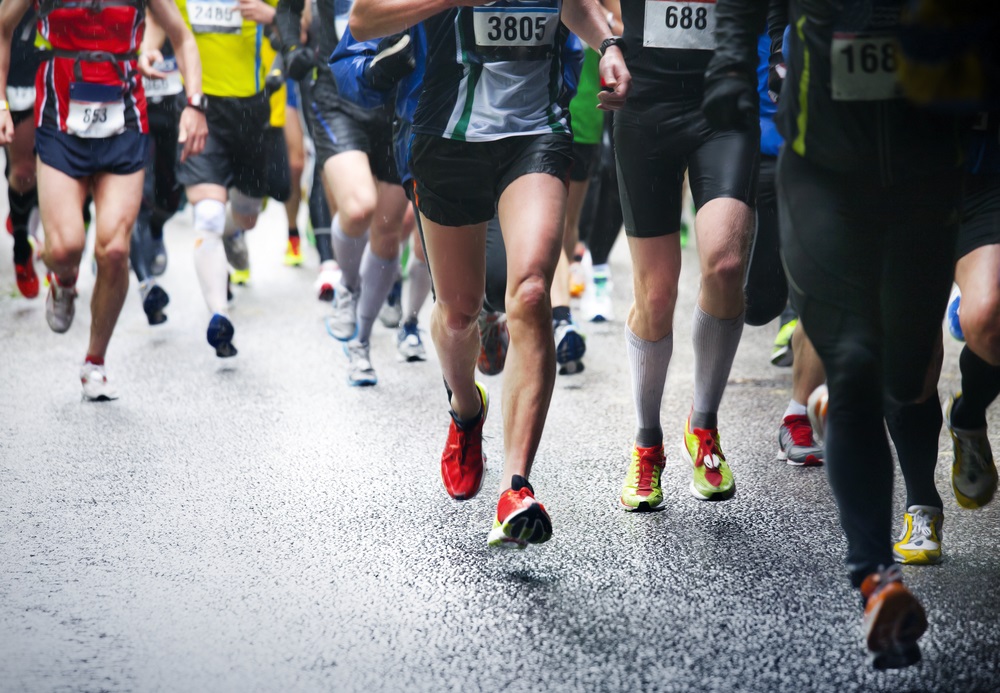
- Warm Up: A great run comes from a good warm up. Make sure that your muscles are warm and relaxed before heading out on a run. Running on cold legs can cause stiffness, discomfort and other injuries. A good warm up gets your blood pumping and leaves you a little sweaty. You can get in a great warm up by doing some jumping jacks, high knees or butt kicks before you hit the road.
- Stretch: Following a good warm up, don’t forget to stretch your legs, arms and back. You’ll want to not only loosen up your legs, but the rest of your body as well. Getting into a deep stretch may be too much before a big run, so keep your stretching to 10 to 30 seconds for each body part.
- Wear the Right Shoes: Running is low cost and pretty much available all 4 seasons. Because this is a comparatively inexpensive activity, don’t be afraid to spend a little extra money on some quality running shoes. Don’t skimp on support, durability and traction. Your feet and knees will thank you!
- Strength Training: Running can be great for stress relief and cardio, however adding weights into your routine will greatly improve your workouts. You don’t have to become a bodybuilder per say, but incorporating push-ups, dumbbells, and other basic weight training into your routine will help keep your muscles strong and balanced, reducing the risk of injury.
- Wear Proper Clothing: Spring in Kentucky presents a tricky wardrobe. One day you’re all bundled up and the next you’re in shorts. While running, it is best to keep your muscles warm by wearing the proper amount of clothing. But it’s also important to avoid overheating. Because it can be difficult to find the proper balance, layering is advisable.
- Don’t Run Every Single Day: Running all day, every day, can be exhausting and may quickly lead to an overuse injury. Give yourself a break by taking some days off to do other exercises. You don’t want to get mentally burned out while training for your next big race. And you’ll also find many physical benefits to cross-training.
- Start Slowly: When it comes to running, for many, it really is a marathon, and not a sprint. So take your time building up to more mileage. You will want to follow a running plan to help you safely work towards your running goals. This will help you avoid injuries and guide your routes.
- Take it Easy: Rest your tired muscles whenever you can. Some days you will be running on sore muscles. This is okay, but make sure that you give yourself a chance to relax. Try propping your legs up during off time, icing sore muscles legs and when necessary, taking anti-inflammatory medications.
- Mix it Up: Incorporating different speeds, distances, inclines, and surface-types, is a good way to improve your endurance and conditioning. And it is even more important if you are planning on competing in some of the upcoming running races. When you go out on your runs, try different routes. If you have limited options, consider going in the opposite direction or driving to an area park for a change in course.
- Relax: While it is wonderful to set personal goals and expectations, keep in mind that success in running can mean many different things. Listening to your body is an extremely important part of avoiding injury. Set realistic goals and stop if you feel pain. You don’t want to push yourself past your limits to be sidelined by a long-term running injury.
Whether you are hoping to break new records in some of the spring races, or to simply (more…)

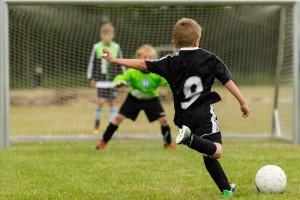 There is an excellent review in the January/February issue of Orthopedics by Dr. Aaron Provance et al. which covers the management of sports-related concussions in the pediatric and adolescent population. Below is a summary of the key points in managing sports related concussions.
There is an excellent review in the January/February issue of Orthopedics by Dr. Aaron Provance et al. which covers the management of sports-related concussions in the pediatric and adolescent population. Below is a summary of the key points in managing sports related concussions.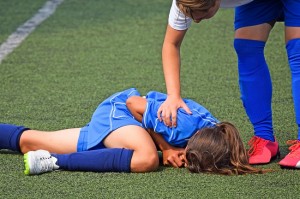 The cardinal symptoms of a concussion presentation are: confusion and amnesia. Other post-concussive symptoms may include: sleep disturbances, headaches, loss of consciousness, disorientation, increased emotion, irritability, slowed reaction time, difficulty with concentration or memory, fatigue, blurred or double vision, sleep disturbances, dizziness, poor balance, and sensitivity to light or noise.
The cardinal symptoms of a concussion presentation are: confusion and amnesia. Other post-concussive symptoms may include: sleep disturbances, headaches, loss of consciousness, disorientation, increased emotion, irritability, slowed reaction time, difficulty with concentration or memory, fatigue, blurred or double vision, sleep disturbances, dizziness, poor balance, and sensitivity to light or noise.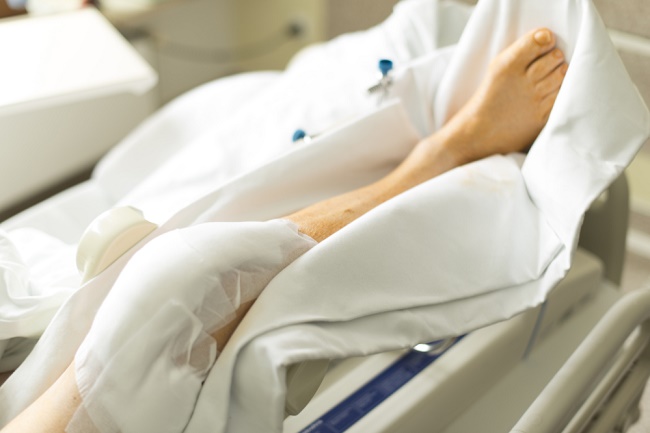 There have been recent studies assessing the incidence of knee pain after total knee replacement involving the operative knee. There was an article published in the Journal of Orthopedics, January/February, 2016 issue, offered by Dr. Thomas Sculco out of the hospital for special surgery at Cornell Medical Center in New York, New York.
There have been recent studies assessing the incidence of knee pain after total knee replacement involving the operative knee. There was an article published in the Journal of Orthopedics, January/February, 2016 issue, offered by Dr. Thomas Sculco out of the hospital for special surgery at Cornell Medical Center in New York, New York. Your rotator cuff is a group of four tendons and muscles located around the shoulder joint at the top of your upper arm bone that connects to the humerus. These different parts of the arm work together to allow this part of your body to move in different directions. The issue with this part of your arm is that it’s very susceptible to overuse injuries and tearing. Many baseball, tennis and football players, along with swimmers sustain rotator cuff injuries.
Your rotator cuff is a group of four tendons and muscles located around the shoulder joint at the top of your upper arm bone that connects to the humerus. These different parts of the arm work together to allow this part of your body to move in different directions. The issue with this part of your arm is that it’s very susceptible to overuse injuries and tearing. Many baseball, tennis and football players, along with swimmers sustain rotator cuff injuries. In 2015, football was ranked the No.1 sport in America based on TV ratings, revenue and overall interest. This sport has inspired viewers and athletes alike. Today, there are more than 1 million football players in the U.S. This number includes professional, collegiate, and recreational athletes. Many of these athletes got their start in youth football leagues and have continued to play for many years to come.
In 2015, football was ranked the No.1 sport in America based on TV ratings, revenue and overall interest. This sport has inspired viewers and athletes alike. Today, there are more than 1 million football players in the U.S. This number includes professional, collegiate, and recreational athletes. Many of these athletes got their start in youth football leagues and have continued to play for many years to come.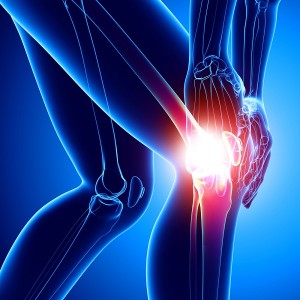 The anterior cruciate ligament or ACL is one of 4 primary ligaments located in your knee. It works to attach the tibia to the femur. ACL injuries are one of the most common knee injuries for athletes involved in sports like soccer, football and basketball.
The anterior cruciate ligament or ACL is one of 4 primary ligaments located in your knee. It works to attach the tibia to the femur. ACL injuries are one of the most common knee injuries for athletes involved in sports like soccer, football and basketball.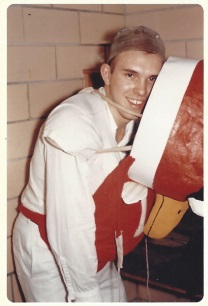
 The
The 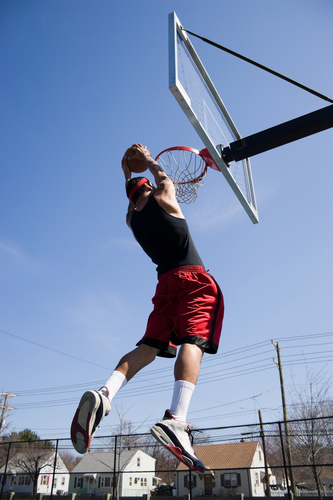
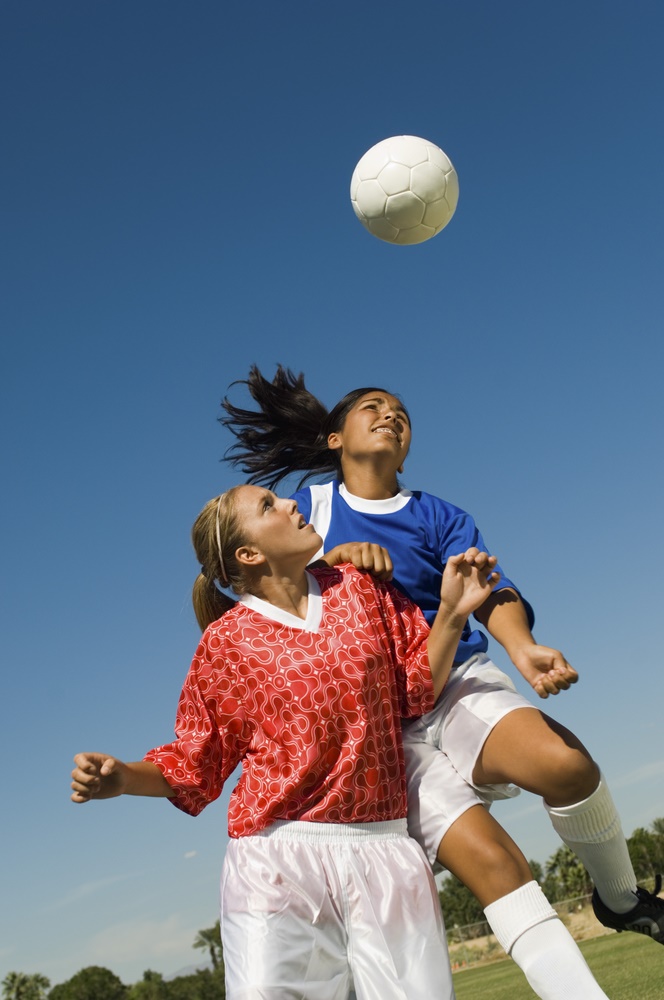 A concussion is a kind of brain injury that is typically caused by a fall, hit, or shake to the head. The long-term damages caused by concussions are an increasing concern for athletes in many different sports, including female soccer players.
A concussion is a kind of brain injury that is typically caused by a fall, hit, or shake to the head. The long-term damages caused by concussions are an increasing concern for athletes in many different sports, including female soccer players.
Recent Comments